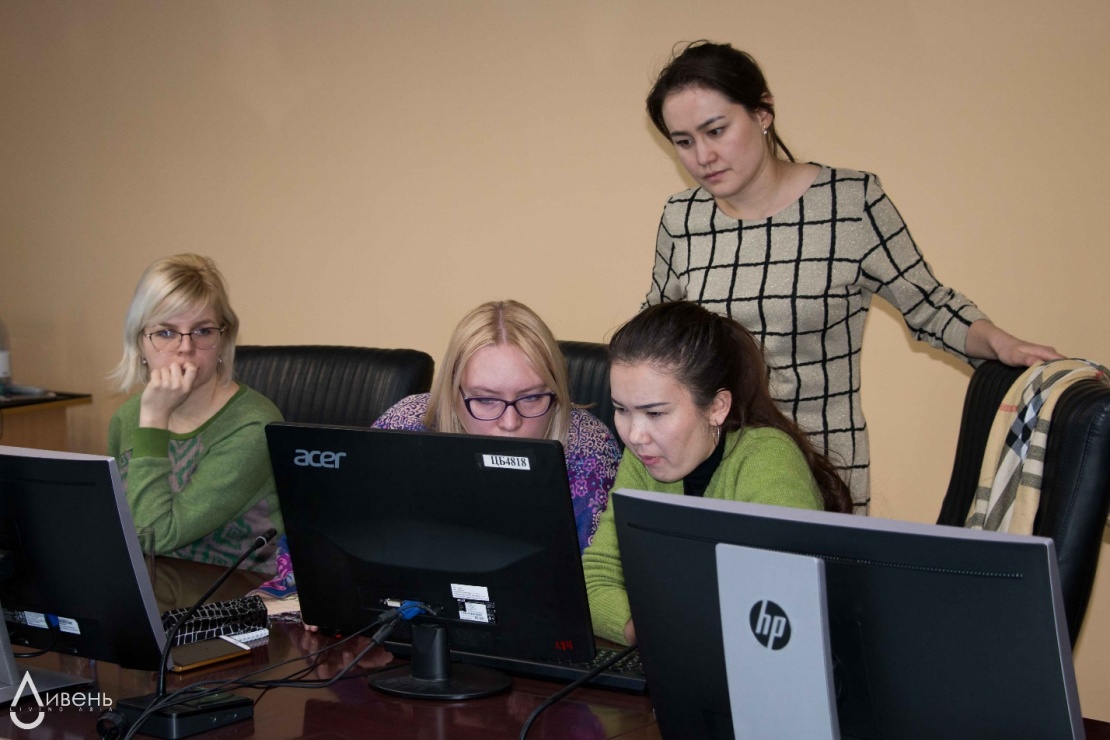
On February 3, 2020, the Parliament of the Republic of Kazakhstan held a presentation on the draft of the new Environmental Code. One of the important articles of the bill is the provision of adaptation to climate change. Magzum Mirzagaliev, Minister of Ecology, Geology, and Natural Resources of the Republic of Kazakhstan, outlined four top priority vulnerable areas in which the country needs to adapt to climate change: agriculture, water, forestry and protecting the population from emergencies. For example, the protection of the population as a result of climate change is associated with floods, high waters, and mudflows. According to the Minister’s speech, one of the major solutions to this problem is an early warning system.
In 2017, Kazakhstan switched to a more advanced high waters and floods forecasting model - the SWIM model. It was developed by the Potsdam Institute for Climate Impact Research and allows us to predict climate impacts and take measures to adapt to them. The model is complex and based on the consideration of a much larger volume of parameters, including not only the hydrological and precipitation regimes but also the topography. This makes it possible to produce more accurate forecasts of the risks of high waters and floods.
Didar Zhanibekuly, director of the Department of Hydrology of the RSE “Kazhydromet”, said that until 2017, the static method had been used to develop hydrological forecasts. Everything depended on long-term seasonal forecasts and data on accumulated snow reserves. In 2017, there were large-scale floods in the Karaganda and Akmola regions, which exceeded all historical levels. The population was not ready for those catastrophes, as it was not warned in time. One of the reasons for the late response is associated with the use of an outdated forecasting model, which had been developed in the 60-70s of the last century. It provided inaccurate forecasts with an error of up to 1000 percent. This situation caused strong criticism from the part of the Government and members of Parliament. The RSE "Kazhydromet" has started the reforms form the investigation of international experience in predicting extreme hydrological phenomena. Since 2018, they have been using the new model, and today the forecast error is reduced to 10 percent.
Decision-makers often believe that investing in adaptation measures is not a priority. We are not used to planning life and costs in the long run, on the scale of future decades, and in conjunction with the threats of climate change. However, we are witnessing the effects of climate change that exceed all previous historical indicators. Today, many adaptation measures need to be taken from the perspective of current management needs. These will pay off even if we do not believe in the consequences of climate change in the future.
Didar Zhanibekuly noted that “The SWIM model was originally designed to develop long-term scenarios, to determine what to expect in 5-10 years in the face of climate change. We adapted it to the conditions of Kazakhstan. As you know, every year in the spring we have floods in Central Kazakhstan. And we managed to adapt this model for forecasts of seven- and ten-day periods. This, first of all, is necessary for the Government, emergencies, akimats. The forecast for floods for 7-10 days in advance was optimal for them. During this period they can evacuate the population and take other protective measures. ”
So far, the RSE Kazhydromet has adapted the SWIM model for five lowland rivers and the Shulba reservoir. All necessary data for forecasting for these water bodies are already available. Expanding the application of this model to other rivers, especially mountain rivers, requires investments in a larger number of observation points. In the European Union, for example, the models used make it possible to compile detailed site maps with flood risk assessments, including those that are provoked climate change. Kazakhstan does not have the necessary number of observation points for the application of such models yet. It is nevertheless important that “Kazhydromet” does have enough experience in this matter and is ready to share it with its colleagues in the region.
Regional cooperation can improve the accuracy of forecasts through the exchange of data necessary for climate adaptation. Besides, it allows us to share experience and knowledge, reducing the cost of introducing new tools necessary for climate adaptation. The specialist of the CAREC Climate Change and Sustainable Energy Program, Zhanna Babagalieva, noted that only specialists of the “Kazhydromet” RSE have been able to master the SWIM model and implement it in operational work so far.

On January 27-31, 2020, in Nur Sultan, the Regional Environmental Center for Central Asia (CAREC) in collaboration with the RSE “Kazhydromet” held a joint seminar on hydrometeorological services of Kazakhstan and Uzbekistan. In the fall, the workshop will continue on national levels. “Kazhydromet” specialists will go to the countries of the region to conduct an additional training course and advise colleagues on-site.
Vadim Ni
____________________
